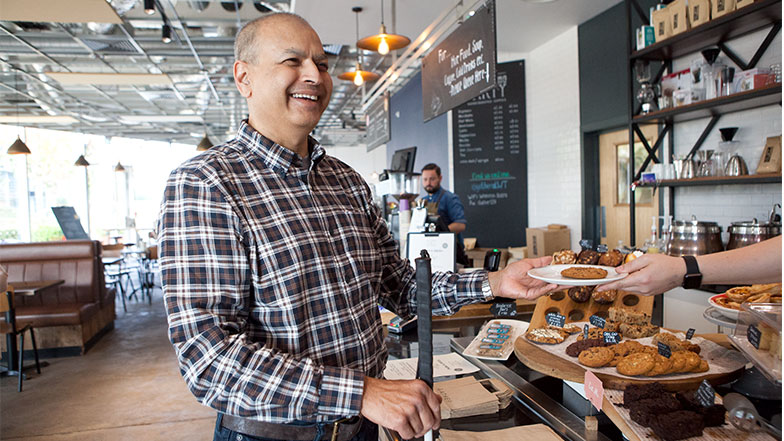Making the most of your vision
Independence skills for people with sight loss
We have put together a series of helpful hints and tips to help you with orientation and mobility (O&M), living skills and developing and maintaining your independence.
Functional vision: getting the most out of the vision you have
Functional vision is about making the best use of any remaining vision that you do have so that you can carry out everyday tasks, such as, reading, socialising and moving around safely and easily. You might find that using your other senses helps and there are various strategies, adaptations and equipment that you can use too.
The eye condition that you have will affect what functional vision you have. You might have areas of vision missing, have problems seeing detail, your ability to see colour might be affected or you might have issues with bright light or glare – or a combination of these.

Did you know?
Over 90 per cent of people with sight loss have some degree of residual vision. But many of these people struggle to understand the vision they still have and how to make the best use of it.